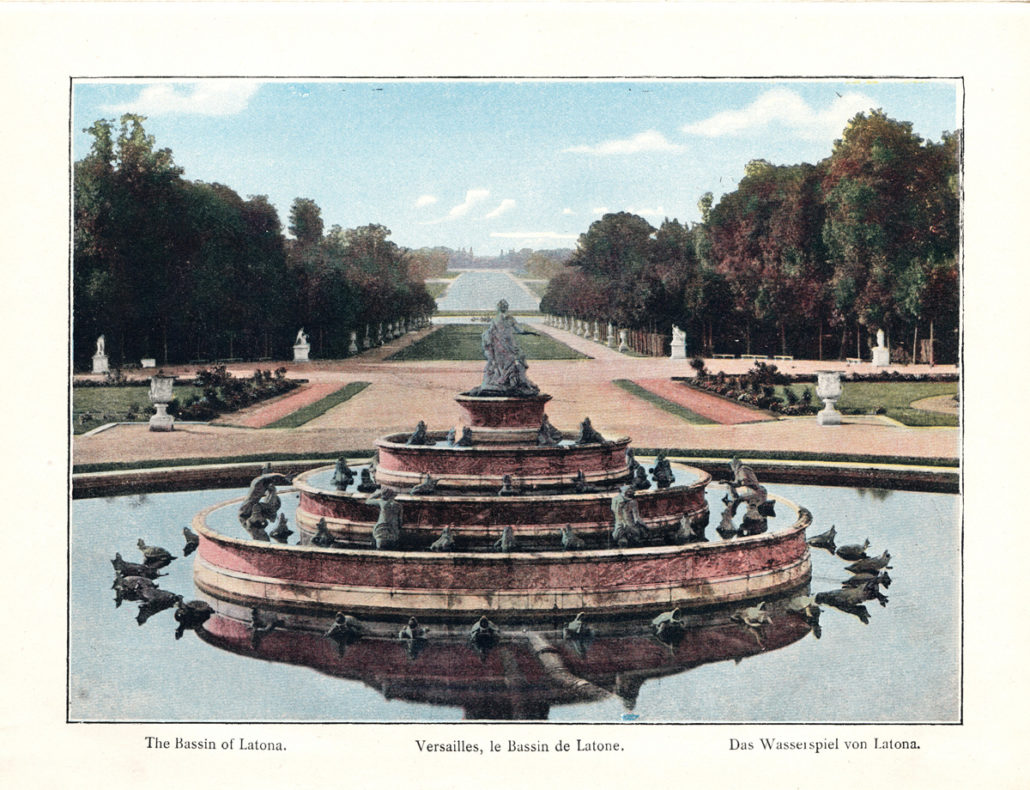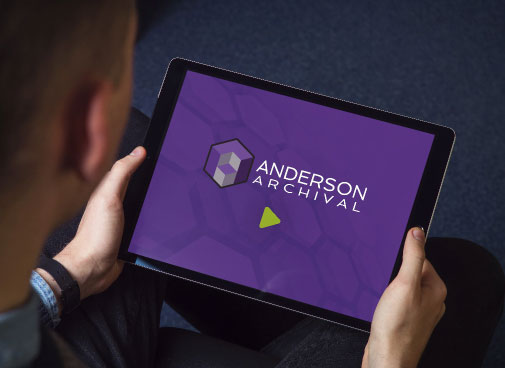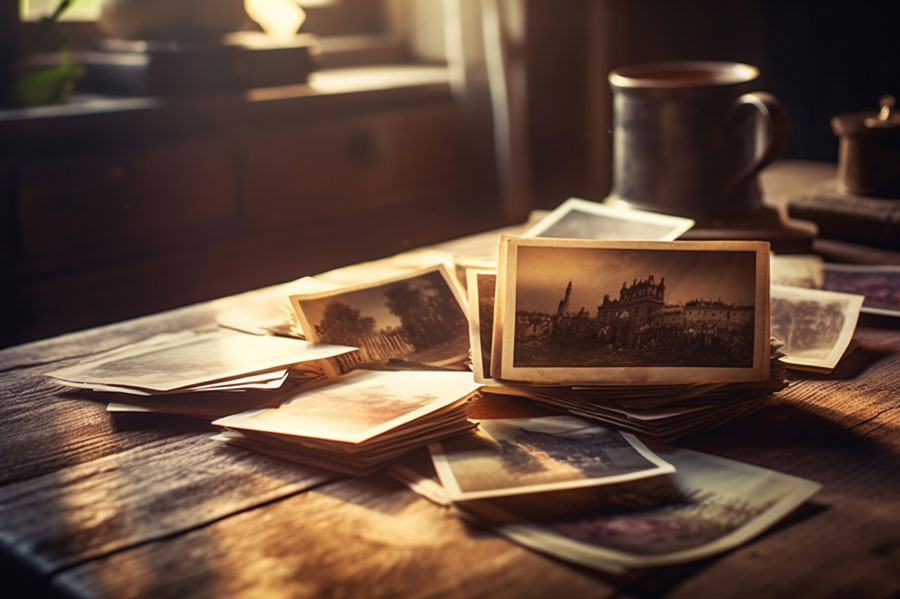The Path to Funding Your Archival Project

You have big dreams and your organization has a big impact on communities, but sometimes you run into big roadblocks when funding your projects. Some of your projects include protecting and preserving documented history, which is our mission as well, so we know how important it is to be able to fund those projects. Asking […]
Is Social Media the Best Way to Share Your Digital Library?

Even on the most social, shallow corners of the internet, it is becoming hard to miss the world of museums and archives. For advocates of sharing and learning from history, that’s excellent news. When building or preserving a collection, a common pressing question is “How do I get this important document in front of those […]




